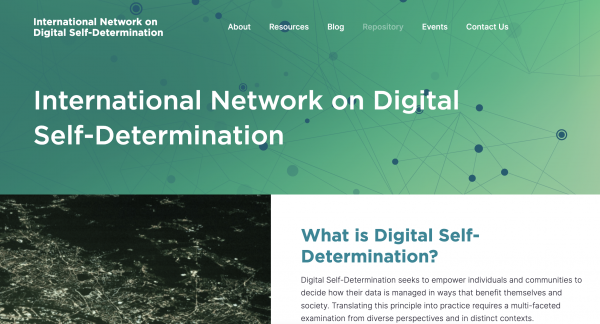Article by Justin S. Mankin: “As a climate scientist documenting the multi-trillion-dollar price tag of the climate disasters shocking economies and destroying lives, I sometimes field requests from strategic consultants, financial investment analysts and reinsurers looking for climate data, analysis and computer code.
Often, they want to chat about my findings or have me draw out the implications for their businesses, like the time a risk analyst from BlackRock, the world’s largest asset manager, asked me to help with research on what the current El Niño, a cyclical climate pattern, means for financial markets.
These requests make sense: People and companies want to adapt to the climate risks they face from global warming. But these inquiries are also part of the wider commodification of climate science. Venture capitalists are injecting hundreds of millions of dollars into climate intelligence as they build out a rapidly growing business of climate analytics — the data, risk models, tailored analyses and insights people and institutions need to understand and respond to climate risks.
I point companies to our freely available data and code at the Dartmouth Climate Modeling and Impacts Group, which I run, but turn down additional requests for customized assessments. I regard climate information as a public good and fear contributing to a world in which information about the unfolding risks of droughts, floods, wildfires, extreme heat and rising seas are hidden behind paywalls. People and companies who can afford private risk assessments will rent, buy and establish homes and businesses in safer places than the billions of others who can’t, compounding disadvantage and leaving the most vulnerable among us exposed.
Despite this, global consultants, climate and agricultural technology start-ups, insurance companies and major financial firms are all racing to meet the ballooning demand for information about climate dangers and how to prepare for them. While a lot of this information is public, it is often voluminous, technical and not particularly useful for people trying to evaluate their personal exposure. Private risk assessments fill that gap — but at a premium. The climate risk analytics market is expected to grow to more than $4 billion globally by 2027.
I don’t mean to suggest that the private sector should not be involved in furnishing climate information. That’s not realistic. But I worry that an overreliance on the private sector to provide climate adaptation information will hollow out publicly provided climate risk science, and that means we all will pay: the well-off with money, the poor with lives…(More)”.

